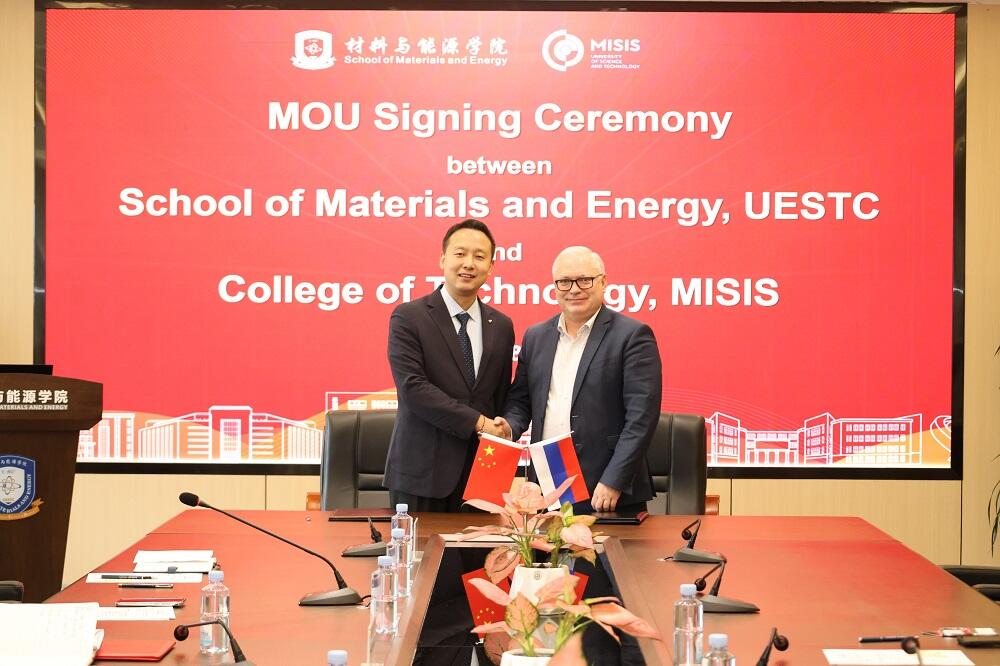A model of a “smart” composite material that enables controlled drug release has been proposed by Russian scientists from five leading universities in the country. This solution could be in demand for implementing delayed therapy approaches, where a drug loaded into the composite is not released immediately but after a certain time and in the required dosage. Activating the process only requires a single application of a magnetic field, such as those generated by modern medical tomographs.
“Smart” materials are so named because their structural, optical, mechanical, and other properties change in response to variations in external conditions (temperature, pressure, electric or magnetic fields, etc.). Among the most promising of these materials are temperature-sensitive polymers.
The scientists proposed a two-layer composite based on an iron-rhodium alloy and a temperature-sensitive polymer for magnetically controlled drug release. The anticancer drug doxorubicin was used as a model therapeutic agent. The drug was loaded into microstructures resembling “dimples”, created on the alloy’s surface using a laser, and then “sealed” with the polymer. A single application of a magnetic field cools the composite and transitions the polymer into a gel-like state, thereby releasing the drug. The working temperature for this activation process is close to that of the human body, making the material a promising development for biomedicine.
“The proposed composite is convenient because it releases the drug after a single application of a 3 Tesla magnetic field, which is available in modern MRI scanners. Currently, we are tackling a comprehensive research challenge: developing a method for producing particles of such alloys at micro and nano scales, creating core-shell polymer structures based on them, studying their structure and magnetic properties, and conducting experiments to confirm their biocompatibility,” said Candidate of Physico-Mathematical Sciences Abdulkarim Amirov, a researcher at the Laboratory of Functional Low-Dimensional Structures at NUST MISIS.
Preliminary biological tests of the composite on mouse fibroblast cells demonstrated low cytotoxicity. The results of calculations and experiments were published in the scientific journals ACS Applied Engineering Materials and Journal of Composites Science (Q2).
“Our approach combines biocompatibility and targeted action — key properties for modern personalized medicine. Thanks to the iron-rhodium alloy, the technology is safe, and integration with MRI equipment makes it accessible to most medical institutions. This approach is particularly relevant in oncology, where localized drug release could help reduce side effects on the body,” said Elizaveta Permyakova, a junior researcher at the Inorganic Nanomaterials Research Center of NUST MISIS.
The work was supported by a grant from the Russian Science Foundation (Project No.




